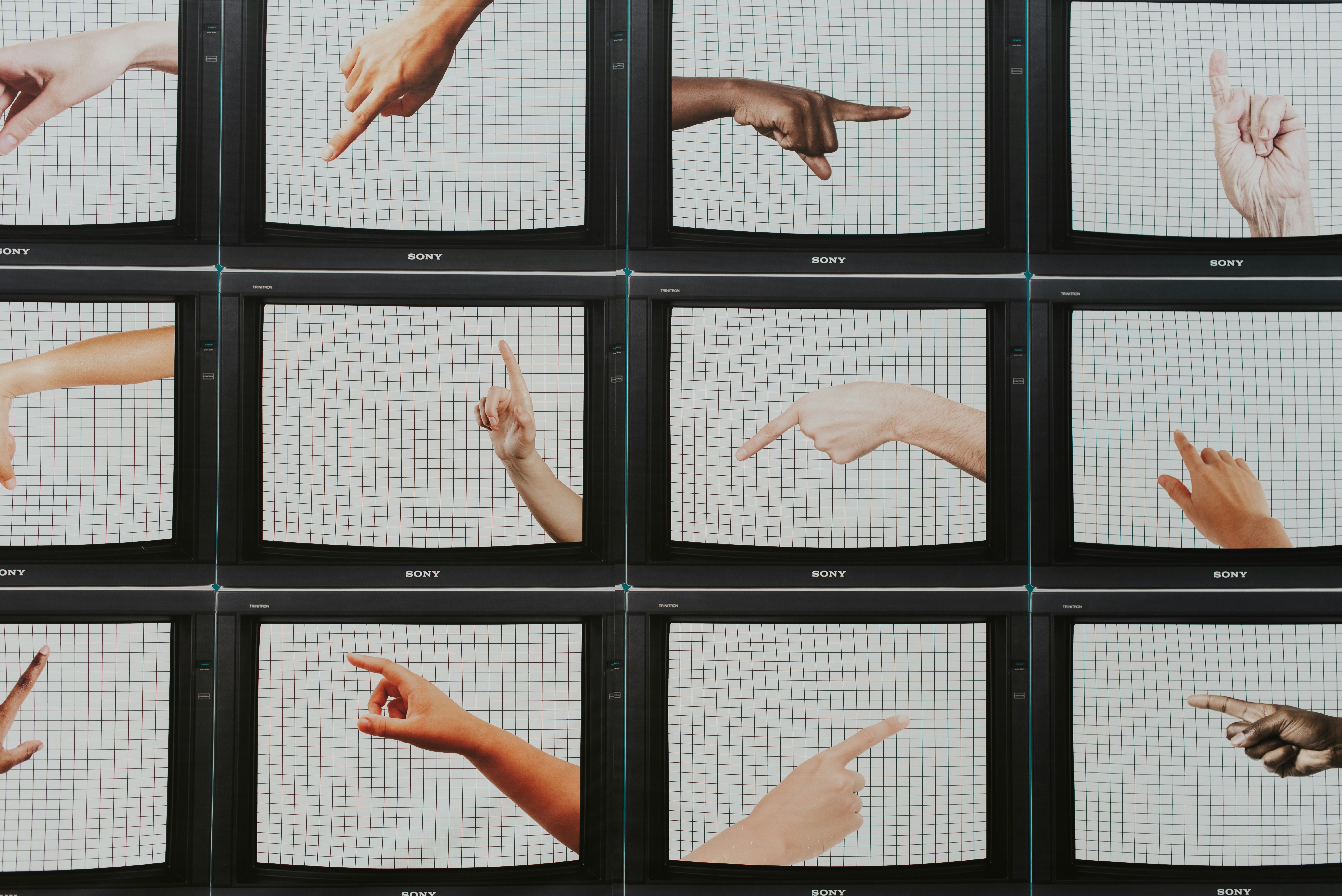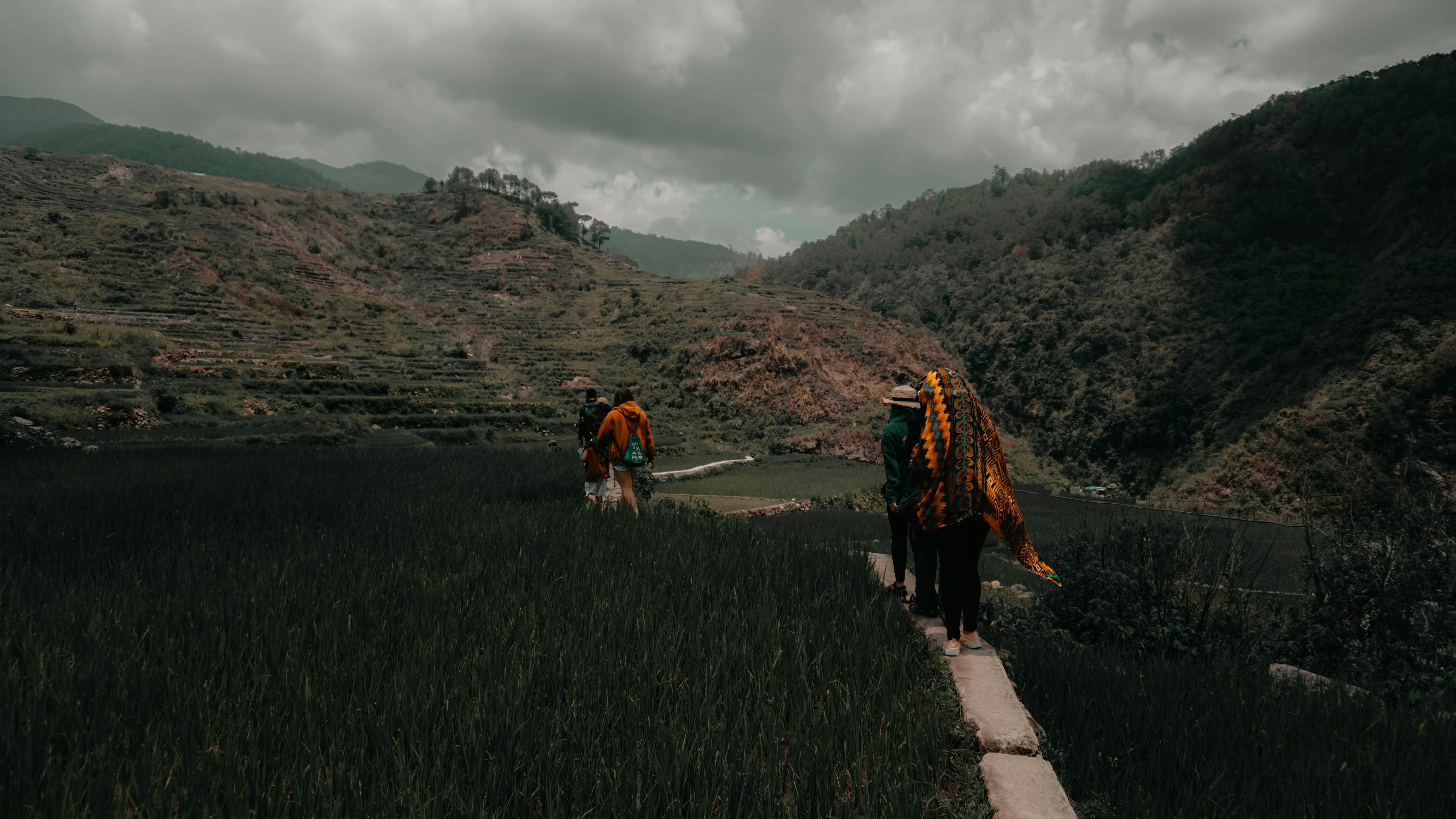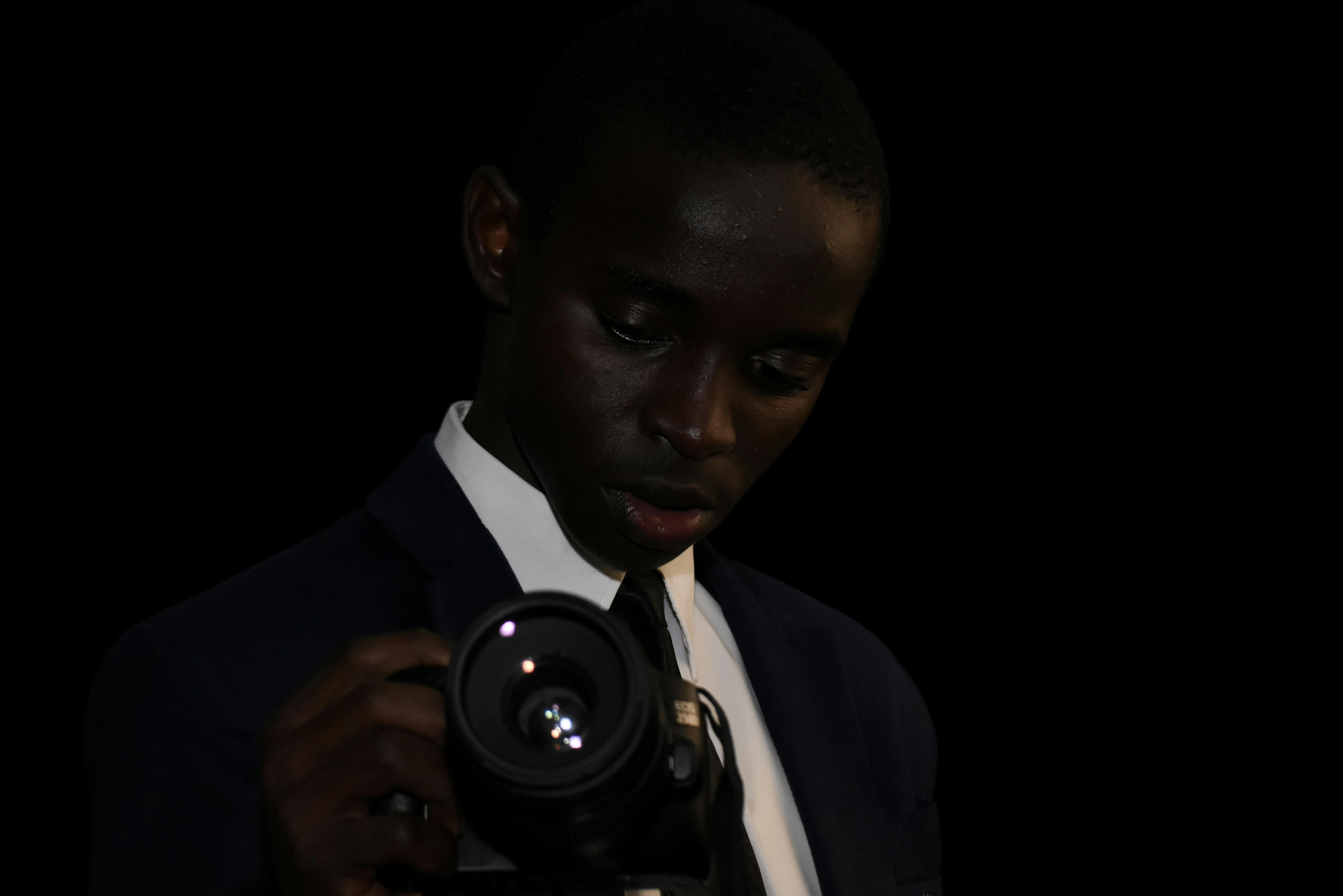Textures and Tactility: Elevate Your Photography Gear Experience
In the world of photography, the camera sits at the heart of your creative process, but what if we told you that the feel of your gear can dramatically enhance your overall experience? It's true! The textures and tactility of your photography equipment play a vital role in how you connect with your art. In this comprehensive guide, we’ll explore not just the aesthetic allure of your gear but its psychological and practical influences on your photography journey. Whether you're a seasoned pro or just beginning, understanding how these elements come together can transform your craft.
The Art of Engagement: Why Tactility Matters
When it comes to photography, our interaction with gear goes beyond mere functionality. Tactility—the physical texture and sensation of handling your equipment—can shape our emotional responses and influence our creative decision-making. The moment you pick up a camera, the way it feels in your hands creates a starting point for your artistic endeavor. A camera coated in luxurious rubber grips can evoke a sense of confidence, while the metallic body of a vintage camera might transport you to a simpler time, compelling you to capture something nostalgic.
Understanding Textures: Your Gear’s Feel and Your Mood
Modern psychology suggests that our senses heavily influence our moods and emotions. According to research published in Harvard Business Review, tactile experiences can alter our feelings and even performance levels. For photographers, this means choosing gear that resonates with you on a physical level is fundamental. A matte finish might offer a cool, sophisticated aesthetic, while a textured grip can bring an element of warmth and comfort.
When exploring photography gear, consider how the textures could play into your style. For instance, photographers who primarily shoot nature may benefit from rugged, weather-sealed gear designed for durability, while portrait photographers might prefer the smooth finish of high-end lenses that provide both an elegant touch and stunning results.
Moreover, the design of camera accessories, like straps and bags, can affect your work ethos. A padded, canvas bag might provide reassurance on a tough hike, fueling your creativity, while a flamboyant leather shoulder bag could instill a sense of artistry and sophistication in urban settings.
The Synergy of Gear and Environment
Your gear's texture has another layer of importance: context. The environment in which you photograph can dictate the best choice of equipment. In outdoor settings, a lightweight camera body with a grippy surface could facilitate spontaneous shots, enhancing your creativity. Likewise, utilizing gear designed explicitly for comfort and endurance during location shoots can significantly alter your approach to capturing fleeting moments. These considerations help build your every photographic narrative, amplifying the stories you wish to tell.
Think of how tactile gear can even serve as a storytelling conduit. Snapping photos in a forest with a matte, earthy-colored camera can actively blend with your surroundings, drawing you closer to the aesthetic you want to portray.
Incorporating Design into Functionality
The marriage of texture and functionality is where photographers often find their favorite gear. It’s about striking a balance: choosing equipment that feels good in your hands but also supports your creative workflow. The ergonomic design of a camera can significantly impact how smoothly you navigate the various elements of photography—from framing a shot to adjusting settings.
Some brands focus heavily on bringing together tactile aesthetics and practical enhancements; for instance, working with weather-resistant finishes that ensure both grip and durability. A camera that feels good to hold inspires confidence, allowing you to focus on capturing those artful moments instead of worrying about fumbling your gear.
Expert Insights on Choosing the Right Gear
Navigating the vast world of photography gear can be overwhelming. With so many options available, here are some key pointers to consider based on expert advice:
-
Prioritize Comfort: When selecting equipment, ensure the gear is comfortable to hold for extended shooting sessions. Test different models before purchasing to find the one that feels most natural.
-
Explore Textured Surfaces: Look for gear with various textured finishes aimed at enhancing grip or aesthetic appeal. The right touch can stimulate your senses positively, enhancing your creative flow.
-
Lighting Matters: The right gear can aid in handling various light conditions, inviting a range of textures within your photos. Familiarize yourself with how surfaces—metallic, matte, or glossy—interact with light during sunny or dim conditions.
-
Stay Authentic: Choose gear that reflects your artistic style. Authenticity breeds creativity—gear that resonates with your persona can often lead to emotional photographs.
-
Test the Gear: Don’t shy away from renting equipment or visiting local photography shops to test gear in person. The way a camera feels in your hands can’t be communicated through online descriptions alone.
Looking for more insights into your equipment choices? Check out our post on the gear paradox, where we delve into balancing between minimalism and overindulgence in photography.
Discovering New Perspectives Through Textures
Beyond the feel of your gear, the textures in the environments you choose to photograph can dynamically alter your visual storytelling. Integrating varied textures, whether in landscapes or urban settings, can significantly impact the viewer's emotional response to your photographs. The lush textures of foliage, the gritty contours of a cityscape, or the intricate patterns found in architectural elements—each of these environments brings a unique narrative that can be enhanced by the choice of gear.
By understanding how different textures can evoke diverse atmospheres in your photography, you can purposefully select the right equipment to complement these natural elements. A wide-angle lens may beautifully capture sweeping landscapes, while a macro lens allows you to delve into the intricate textures of nature up close.
The Role of Gear in Personal Growth
Your journey as a photographer is undoubtedly intertwined with your experiences and the gear you choose to accompany you. Each piece of equipment can serve as a metaphorical extension of your artistic voice. When you invest in gear that feels unique to you and showcases your style, you create opportunities for growth and exploration in your craft.
Feeling a sense of ownership over your gear can also foster an emotional bond, triggering inspirational moments where you are more inclined to experiment with different styles and aspects of photography. Don't hesitate to venture out of your comfort zone. Consider mixing tactile experiences—like shooting with both a sleek DSLR and a vintage rangefinder—and see how they influence your creative output.
Looking for visual inspiration? Explore how soundscapes can elevate your photography experience in our article on harnessing soundscapes.
Practical Tips for Embracing Textures in Your Photography
Adopting a tactility-focused mindset can enhance your approach to photography significantly. Here are some practical tips to help you explore textures in your work:
-
Experiment with Different Gear: Utilize a variety of lenses, tripods, and even textures in your surroundings—wood, stone, fabric, etc.—to see how they change your compositions.
-
Capture Unique Surfaces: Create a dedicated project where you focus solely on capturing textures in your environment. This could include photographing brick walls, tree bark, or fabric details in close-up.
-
Use Mixed-Media Approaches: Engage in creative sessions that blend photography with other artistic endeavors—collage, painting, and even sound—but always center on texture as a thematic element.
-
Foster Sensory Familiarity: Each time you shoot, consciously touch your gear and notice how it affects your mood and creative flow. Document your experience to track its influence.
-
Seek Feedback: Share your textured photography projects and gear choices with fellow photographers to build inspiration and discussions around the emotional impact of tactile experiences.
The Future of Photography Gear: Trends and Innovations
The world of photography gear is continually evolving, with manufacturers innovating to combine advanced functionality with tactile appeal. Look for trends that emphasize not just performance but also ergonomic design and sensory experiences. Textures will likely play a significant role in emerging gear, appealing to photographers striving to capture authentic emotions and narratives.
Technologies like biomimicry, drawing inspiration from nature for gear design, have already begun to surface. These innovations may redefine how we interact with equipment, leading to an aesthetic experience that aligns perfectly with the tactile needs of photographers. As we delve deeper into emotional storytelling through this medium, expect to see gear created with your tactile preferences in mind, driving creativity and enhancing the overall photographic experience.
Consider reading up more on how biometric data might shape the way these advancements unfold, guiding companies toward more user-centric designs.
Final Thoughts: Elevate Your Photography Journey through Tactility
The feel of your photography gear profoundly influences your experience behind the lens. By embracing the textures and tactility of your equipment, you open up new avenues for expression and creativity. Take the time to explore the emotional connections you forge with your gear, and consider how it affects your photographic outcomes.
As you grow in your photographic journey, remember to let the tactile experience guide your imagination. With thoughtfully chosen gear that resonates with your creative sensibilities, you’ll be equipped not just for capturing stunning images but also for storytelling through the unique textures and sensations that accompany them.
For more insights on marrying your artistic voice with thoughtful equipment choices, feel free to explore our latest adventures in color grading and emotional storytelling in photography.






